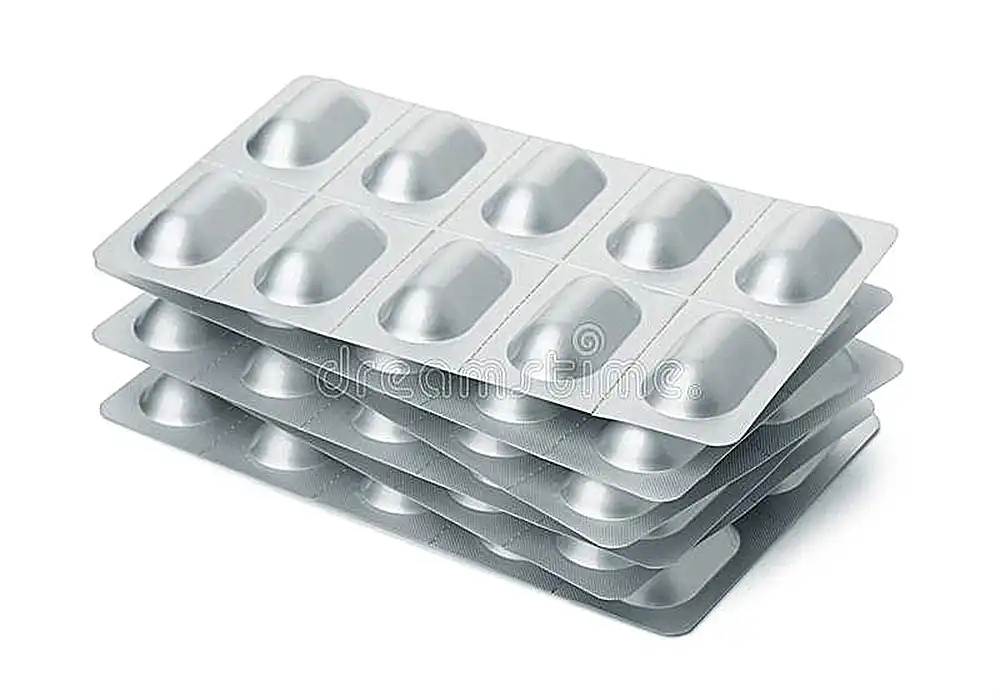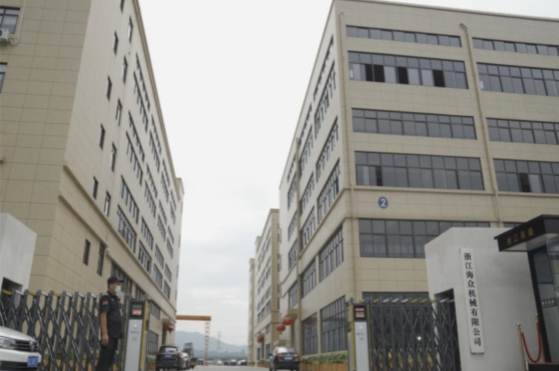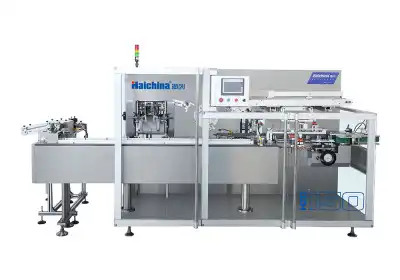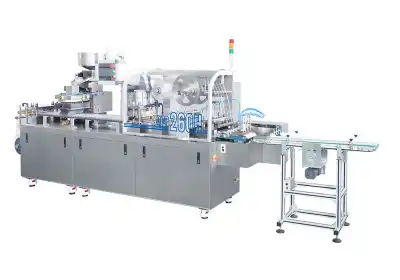Understanding PVC Types for Blister Packaging
Rigid PVC Film: The Industry Standard
Rigid PVC film has long been the go-to material for blister packaging due to its exceptional properties. This type of PVC offers high clarity, allowing products to be easily visible to consumers. Its rigidity provides excellent protection against external forces, ensuring that delicate items remain intact during shipping and handling. Additionally, rigid PVC film has good thermoforming characteristics, enabling it to create precise cavities that securely hold products in place.
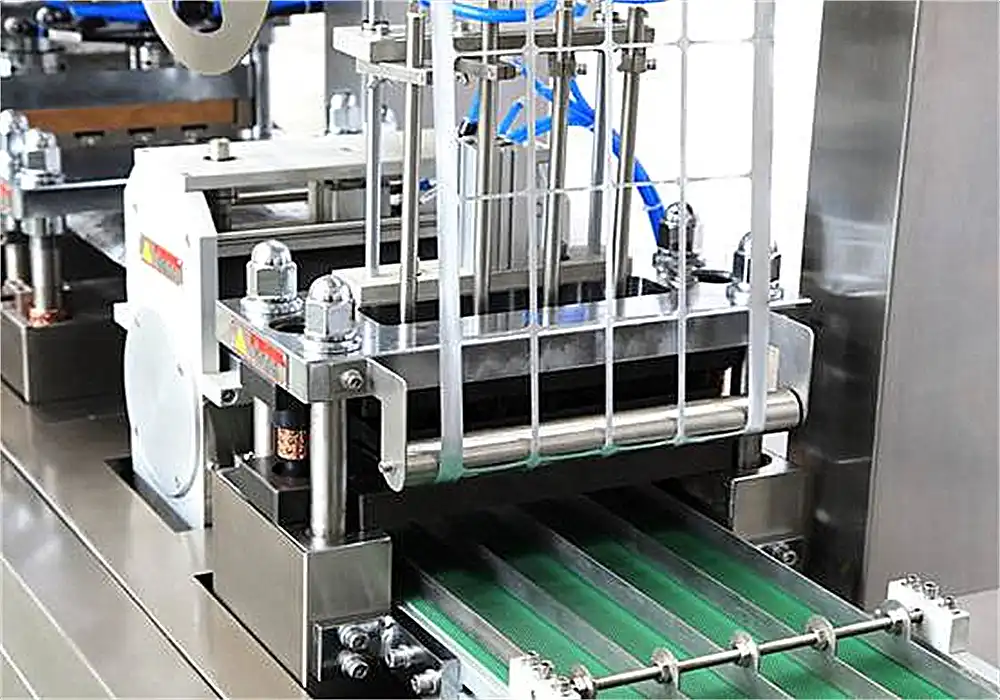
Plasticized PVC: A Flexible Alternative
While less common in blister packaging, plasticized PVC offers unique benefits for certain applications. This softer, more flexible variant of PVC is sometimes used in blister packaging machines for products that require a gentler touch or need to conform to irregular shapes. Plasticized PVC can be an excellent choice for packaging medical devices or sensitive electronic components that might be damaged by a more rigid material.

PVC/PVDC Combinations: Enhanced Barrier Properties
For products that require superior moisture and oxygen barriers, PVC films coated with polyvinylidene chloride (PVDC) are often utilized. This combination enhances the already impressive barrier properties of PVC, making it ideal for pharmaceuticals and food products that are particularly sensitive to environmental factors. The addition of PVDC significantly extends shelf life and maintains product integrity over longer periods.

Key Considerations When Choosing PVC for Blister Packaging Machines
Thermoformability and Machine Compatibility
One of the most critical factors in selecting PVC for blister packaging is its thermoformability. The material must be able to heat evenly and conform to the desired shape without tearing or creating weak points. High-quality rigid PVC film excels in this regard, offering consistent performance across various blister packaging machine types. When choosing PVC, it's essential to consider the specific requirements of your packaging equipment to ensure smooth operation and high-quality output.
Barrier Properties and Product Protection
Different products have varying needs when it comes to protection from environmental factors. Standard rigid PVC film provides good barrier properties against moisture and gases, suitable for many applications. However, for products requiring exceptional protection, such as certain pharmaceuticals or sensitive electronics, PVC/PVDC combinations or specialized coatings may be necessary. Assessing the specific barrier requirements of your product is crucial in selecting the appropriate PVC type.
Regulatory Compliance and Safety Considerations
When selecting PVC for blister packaging, it's imperative to consider regulatory requirements, especially for pharmaceutical and food packaging applications. The chosen PVC must comply with relevant FDA, EU, or other regional regulations regarding food contact and drug packaging materials. Additionally, manufacturers should be aware of any specific industry standards or customer requirements that may influence the choice of PVC type.
Optimizing Blister Packaging Machine Performance with the Right PVC
Material Thickness and Forming Precision
The thickness of the PVC film plays a crucial role in the performance of blister packaging machines. Too thin, and the material may tear or fail to provide adequate protection; too thick, and it may not form properly or could increase material costs unnecessarily. Most blister packaging applications use PVC films ranging from 200 to 800 microns in thickness, with the specific choice depending on the product's size, weight, and protection requirements. Selecting the optimal thickness ensures that the blister packaging machine can create precise, well-formed cavities that securely hold the product.
Temperature Control and Heating Uniformity
Achieving consistent results with blister packaging machines relies heavily on precise temperature control during the thermoforming process. Different PVC formulations may require slightly different heating profiles to achieve optimal forming. High-quality rigid PVC films are designed to heat evenly and predictably, allowing for more consistent cavity formation and sealing. When setting up a blister packaging machine, it's essential to work closely with the PVC supplier to determine the ideal temperature range and heating time for the specific material being used.
Seal Integrity and Package Durability
The ability of the PVC film to form a strong, reliable seal with the backing material is crucial for package integrity. Rigid PVC films are typically formulated to create strong heat seals with a variety of backing materials, including foil, paper, and other plastics. However, the specific sealing characteristics can vary between different PVC formulations. When optimizing a blister packaging machine for a particular PVC type, it's important to fine-tune the sealing temperature, pressure, and dwell time to achieve the best possible seal integrity without compromising the package's appearance or ease of opening.
Conclusion
Selecting the right type of PVC for blister packaging machines is crucial for achieving optimal performance, product protection, and consumer appeal. While rigid PVC film remains the industry standard due to its excellent balance of properties, considerations such as barrier requirements, regulatory compliance, and specific product needs may influence the choice of PVC type. By carefully evaluating these factors and optimizing machine parameters for the chosen material, manufacturers can ensure high-quality blister packaging that meets both functional and aesthetic requirements.
Contact Us
For more information on selecting the best PVC for your blister packaging needs or to explore our range of high-performance packaging equipment, contact Zhejiang Haizhong Machinery Co.,Ltd. at [email protected]. Our team of experts is ready to help you optimize your packaging process and achieve superior results.
